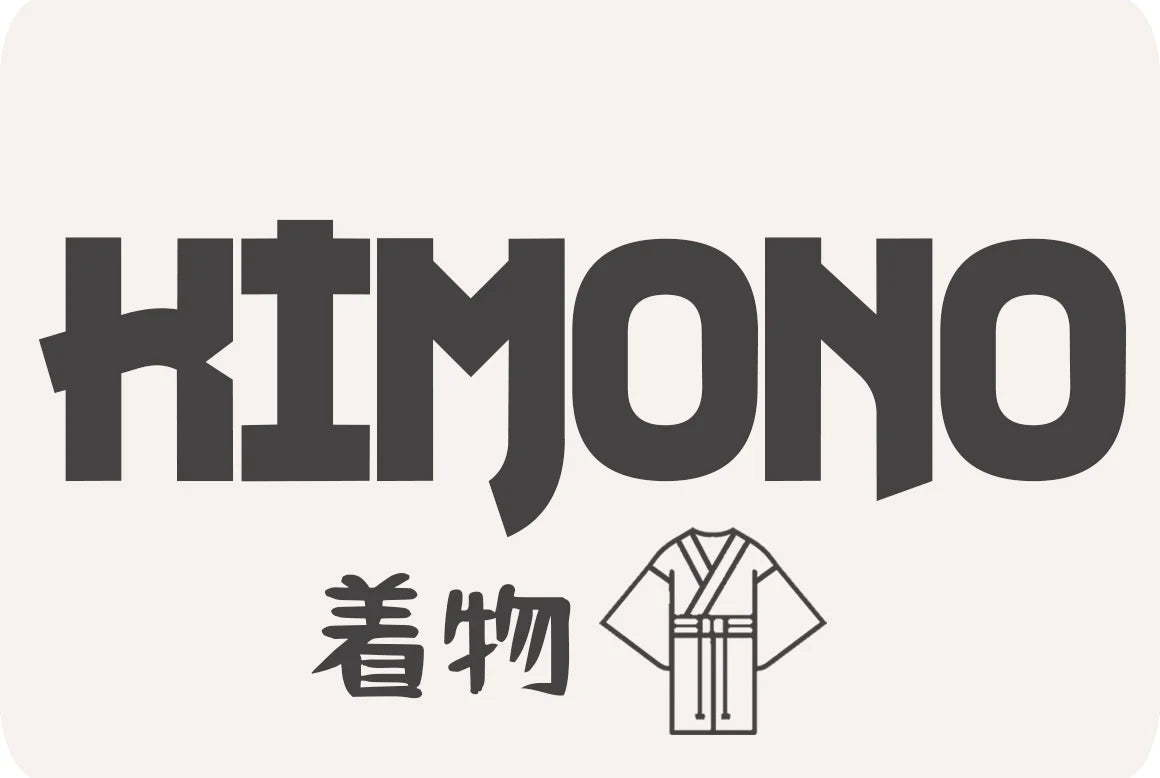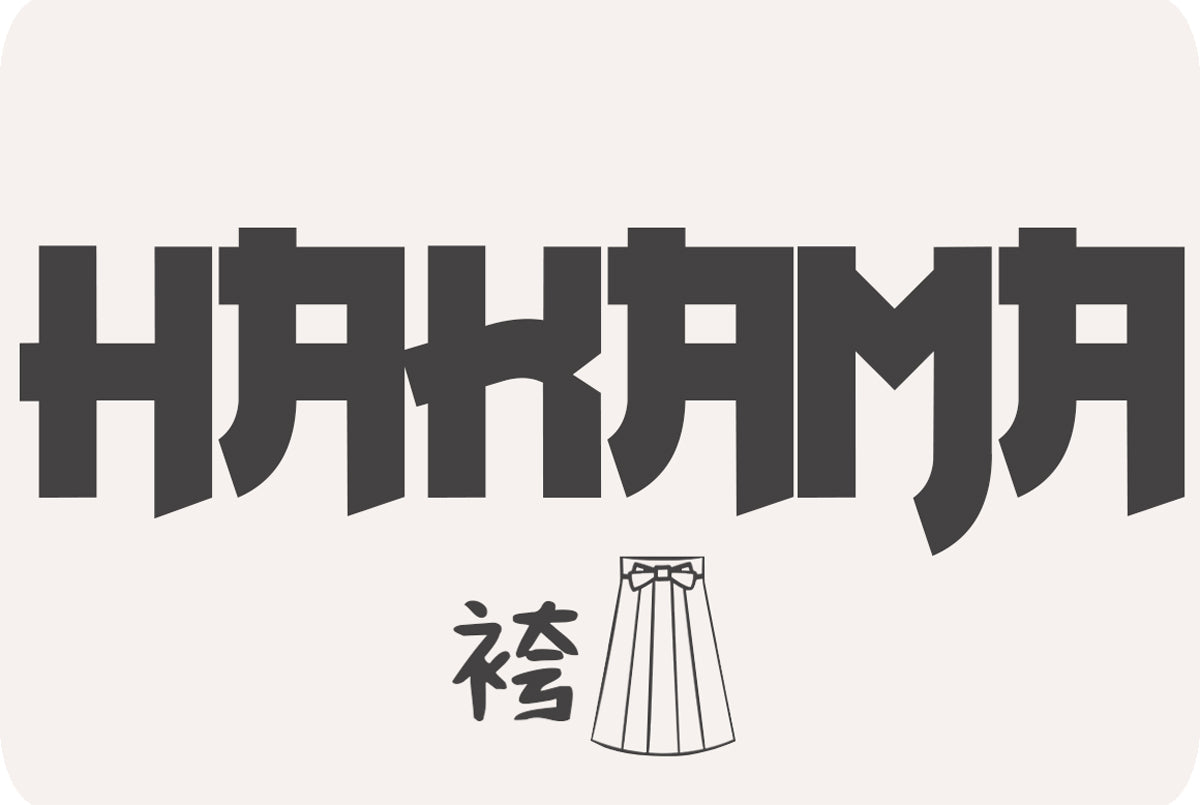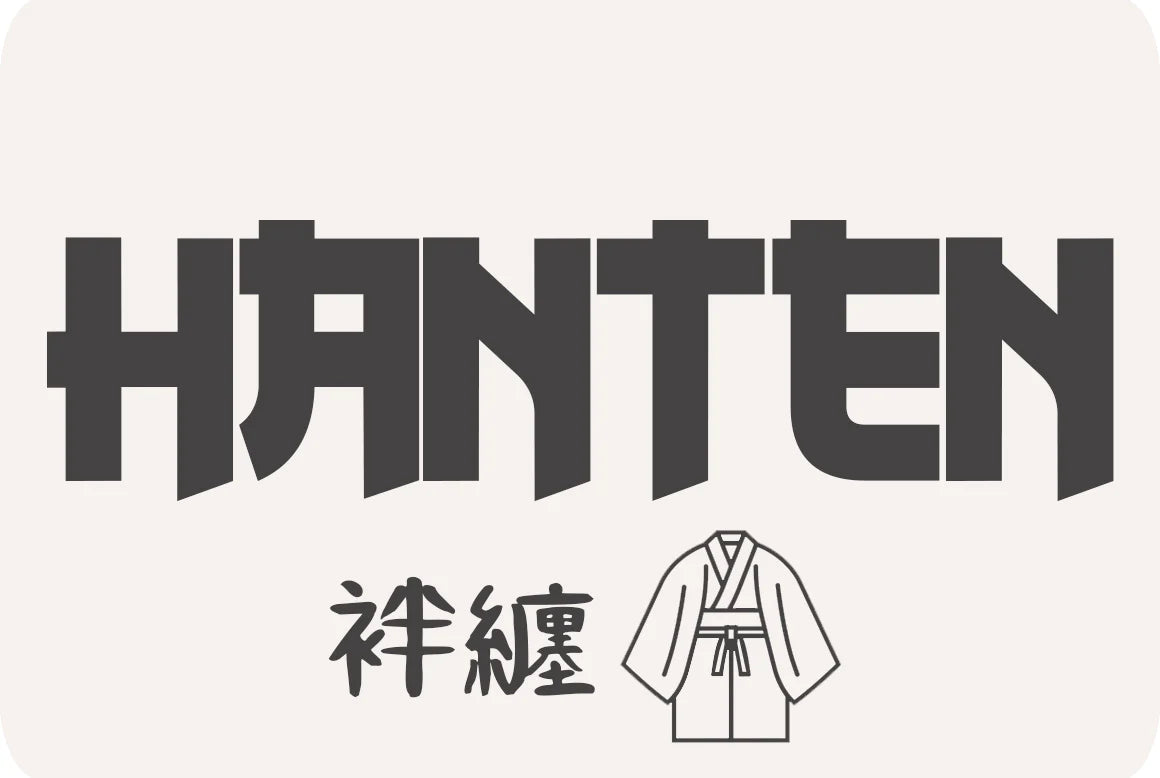Welcome to KimuraKami, your go-to destination for immersing yourself in the world of Japanese fashion, where traditional meets modern to enhance your wardrobe.
Japanese Women Clothing for a Unique Wardrobe
Discover the timeless beauty of our Women's Kimono, centerpiece items that captivate with their elegance and refinement, enhanced by delicate embroidery. For those looking to combine grace and functionality, our Women's Hakama offers a comfortable and less codified alternative to the Japanese kimono. Complete your style with an obi belt, the ideal accessory to highlight your women's waist while adding a touch of sophistication to your look.
Traditional Japanese Clothing For Women: Comfortable and Stylish
Embrace comfort without sacrificing style with our kimono pajamas, designed to offer you moments of relaxation in a pure Japanese spirit. Our tabi socks, both practical and traditional, perfectly complete your indoor outfit or add an authentic touch to your outdoor ensemble.
Japanese Streetwear Style: The Echo of Modern Japan
Our kimono jackets, adorned with prints, harmoniously pair with a Japanese t-shirt for an urban and trendy look. Don't miss our new women's clothing collection, where each piece reflects fashion trends while remaining true to the Japanese spirit.
Versatile Pieces for Any Occasion
Whether you're looking for a flowing Japanese dress, an elegant tunic, or a long skirt for your outings, our women's collection offers a diversity that celebrates the female form in all its shapes. For those who prefer a casual look, our slim-fit hoodies and t-shirts are essentials, offering both comfort and style.
Your Destination for Authentic Japanese Style
At KimuraKami, we are proud to present clothing collections that span the seasons, offering garments and accessories for every occasion. From the women's dress to the long-sleeved sweater, through the high-waisted trousers and the sukajan bomber jacket, our range is designed to adapt to your lifestyle and your love for Japan.
Join the community of our online Japanese store to discover unique pieces, crafted with an attention to detail that echoes Japanese tradition. With KimuraKami, you are always at the heart of women's fashion that celebrates the harmony between authenticity and innovation.
FAQ about Japanese Fashion
What is the traditional garment of Japan?
The traditional garment of Japan is the kimono, an iconic outfit that symbolizes Japanese elegance and tradition.
What is the Japanese style of dress?
The Japanese style of dress varies greatly, combining tradition and modernity, with traditional outfits like the kimono and contemporary styles influenced by urban and international fashion.
Why do Japanese dress in kimonos?
Japanese wear kimonos for special occasions, ceremonies, and festivals, as a symbol of their culture and heritage.
How is a Japanese kimono worn?
A Japanese kimono is worn wrapped around the body, left over right, and is held in place by an obi belt. It is generally accompanied by geta (traditional sandals) and tabi (traditional socks).










































































































































